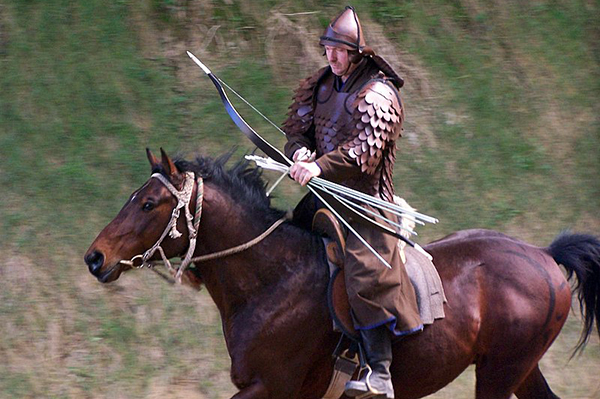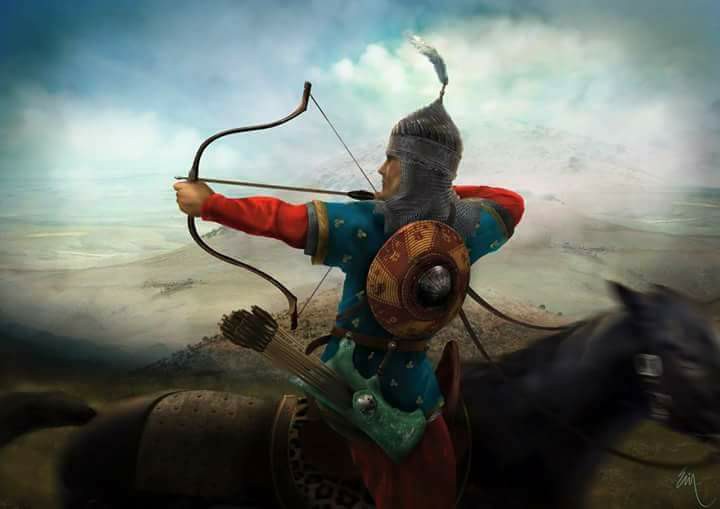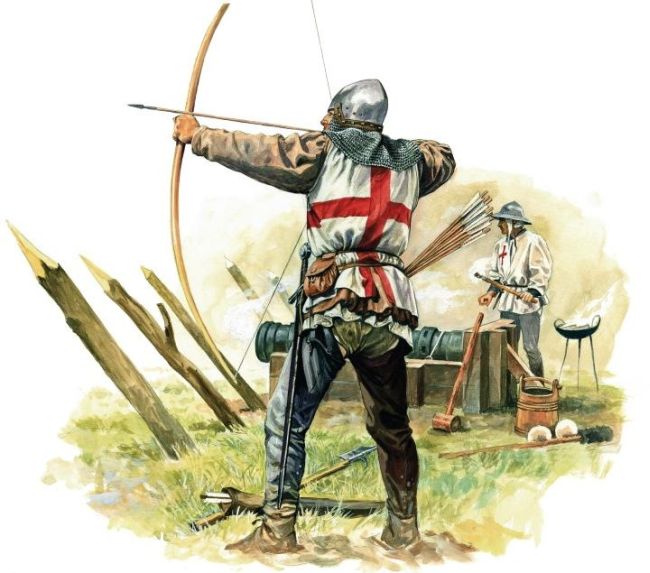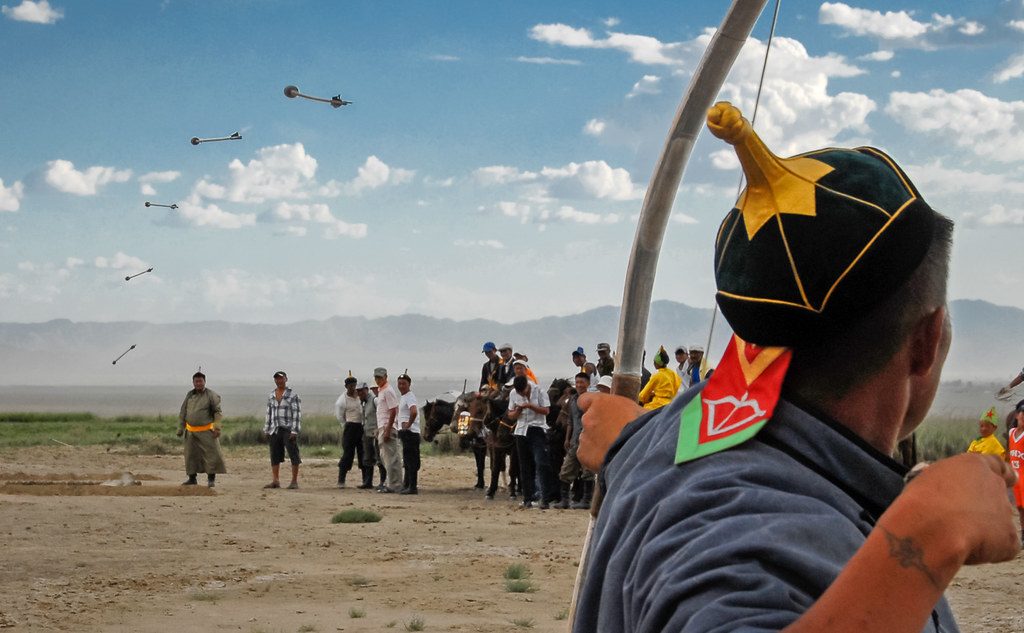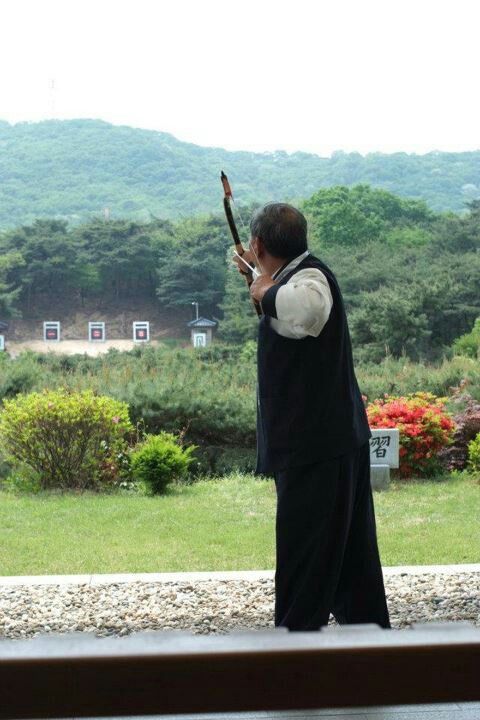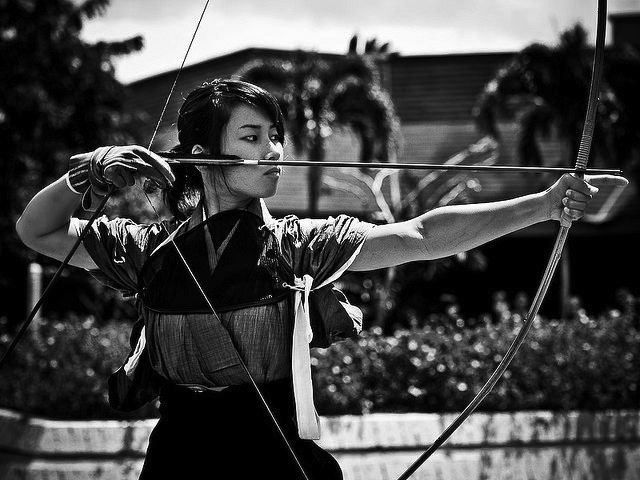Traditional Archery & Archery Traditions
Traditional Archery in a Modern World
We here at ArcheryHistorian.com consider traditional archery to be our focus. Getting involved in traditional archery inevitably leads one through the corridors of history. Archery has been with us for so long that it is, in fact, one of the longest enduring traditions of humanity. What is traditional archery? Why, despite great developments in bow and firearm technology, do so many gravitate towards the traditional?
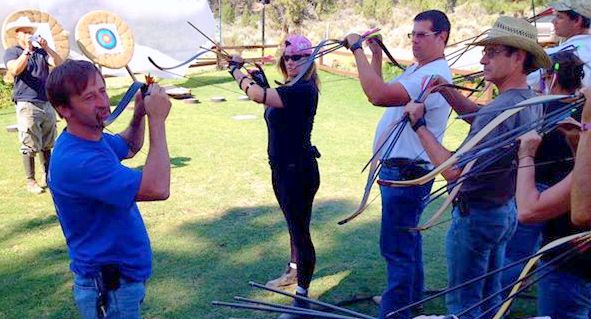
What is Traditional Archery?
Let us define traditional archery and examine some of its characteristics. Traditional archers utilize bows, arrows, and other accouterments that have some historical element to them. Whether we are talking about the longbows of medieval Britain or the composite horsebows of the steppe nomads.
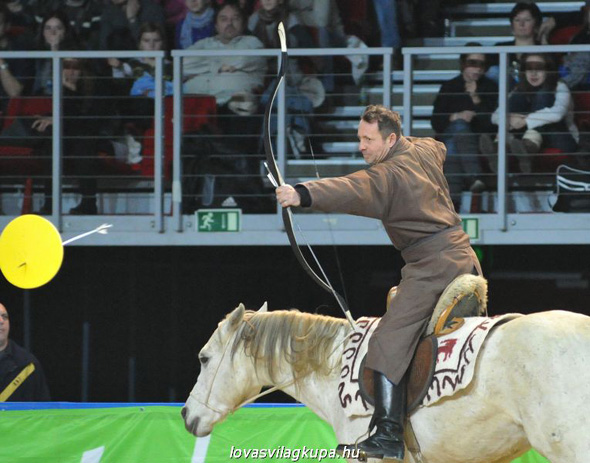
The bows and arrows themselves may be made using modern materials, but in terms of their function and aesthetics, they are similar to historic bows. There are no mechanical improvements such as cams and levers in the case of compound bows. No modern mechanical releases aids. Just fingers (finger protection is used, gloves, rings, etc.). No sights, optics, counterweights, or any other bells and whistles. Modern compound archery came into being only after the 1960s, but archery has been around for tens of thousands of years.
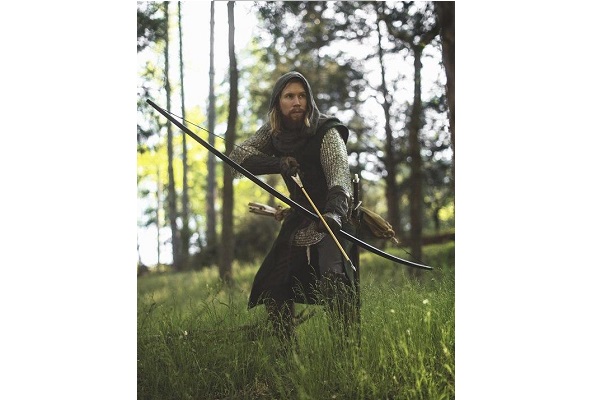
Attempting to make it as easy and reliable as possible, the modern Western world had adapted the bow to the end-user. Nothing wrong with that. In the East, on the other hand, archery had become a martial art, adapting the archer to the bow.
Why Traditional Archery?
As alluded to above, traditional archery is a form of martial art. There is great satisfaction in challenging oneself and honing a particular set of skills over a lifetime. Archery provides this for many. An archer can also get a sense of being in touch with nature, and their ancestors. Part of the success and spread of humanity on this planet is due to the fact that your ancestors were successful archers. Take a hike through a forest with your archery gear and you are reliving a scenario that has happened countless times in the past. Other than the challenge and the nostalgia, archery is also fun!

History and Tradition
Because the bow and arrow have been used in military affairs for so long, a disciple of archery is also a student of history. Potentially a sensitive study, military history nevertheless remains an integral part of human history. The bow and arrow have spread to every continent with the exception of Australia. Researching archery’s history, therefore gives us a diverse, all-encompassing view of human history in general. Many people are drawn to study the mystical and mysterious past, in order to better understand themselves and humanity in the present. Many ancient empires of the past all practiced archery. The Pharaohs of Egypt, the Kings of Assyria, the Khans of the Steppe, Sultans, and Emperors of China, Korea, and Japan, were all archers!

Styles and Types of Traditional Archery and Bows, Click Images for Links
Magyar (Hungarian) Traditional Archery
Turkish Traditional Archery
The English Longbow
Mongolian Archery
Chinese Traditional Archery
Korean Traditional Archery
Japanese Traditional Archery (Kyudo)
Involve Yourself in Traditional Archery
There are several ways to begin your journey in traditional archery. Several clubs, communities, online forums, and organizations cater to traditional archers. Some recommended reading and associated websites to check out:
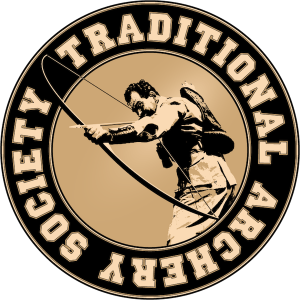
Asian Traditional Archery Research Network



See a list of our other affiliates HERE
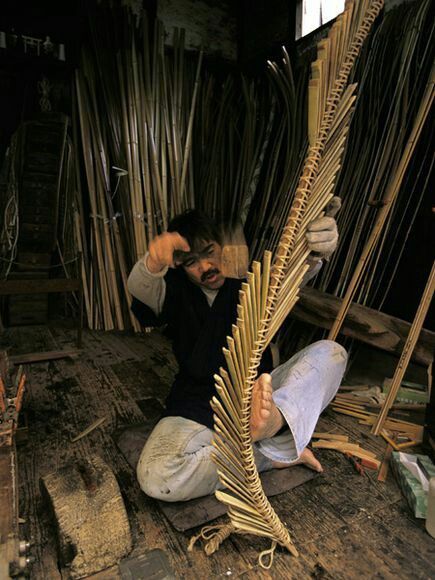
CHECK OUT OUR PRODUCTS AT OUR TRADITIONAL ARCHERY SHOP HERE
How to get started in Traditional Archery
So you want to get started in traditional archery? Well, it is not difficult. The author began with one bow and a dozen arrows. And several years later and after many thousands of arrows shot, he doesn’t consider himself a beginner any longer. Here are our recommendations for getting started. They are broken into four main criteria, two of which are essential, while the other two are encouraged.
- Get the equipment. A bow and some arrows. Also, some protective gear such as a shooting glove, thumb ring, and a good quiver couldn’t hurt.
- Find a place to shoot. A safe space. It could be your backyard or perhaps you could join an archery club. Some of us, when we are very new to something could be a bit self-conscious or intimidated by a social setting with other more experienced practitioners. Let us assure you the archery community in our experience is a very welcoming and interesting crowd. Fear not. If you prefer to get the ball rolling on your own terms, we recommend you check out our article on backyard archery.
- Learn. This can be done through books or videos on archery, of which there are plenty. We’ve gathered together a good amount of books on archery and or history that will surely get you started on our archery books page. Getting some guidance from a friend or college already well advanced in their archery practice is also an excellent way to jump-start your progress. This leads to our final criteria.
- Take archery lessons. Seek out an archery club near you that provides some basic lessons. This will could help steer you on the correct path at the beginning of your archery journey. Another beneficial aspect of taking archery lessons as a beginner is you will not have to put too much pressure on yourself or feel too self-conscious as the instructor will know you are a beginner and will want to help you. Also if the classes or lessons are in a group setting, your fellow archers will be beginners and you can all encourage each other.
Frequently asked questions about Traditional Archery
We have compiled some recurring questions and/or articles of interest people are searching for on the glorious interwebs that are related to traditional archery.
What Kind of Bow Should I Get?
I’ll answer this question with a series of other questions. What kind of bow do you want? Which one attracts you, speaks to you? The elegant curve of the English longbow? The refined and compact curves of the traditional Turkish or Korean bows? Neither? Something else? When deciding which bow to get, I would first narrow down the style of bow. Then determine your budget. Lastly, seek out manufacturers that make that bow within your budget constraints and you should be good. Check out our archery shop for some ideas if you like. Or watch this video by Armin Hirmer of Malta Archery. It may help you in deciding which bow to get for your first traditional bow, especially if you are considering a horse bow.
What Other Equipment is Required or Recommended?
Other than the bow and some arrows, there is some other equipment that you should consider acquiring. Here is a simple and straight-forward list:
- Protective equipment. This would include protection for your draw hand, typically a shooting glove, or perhaps a thumb ring if you are shooting with an Eastern draw. Also, a bracer for your bow hand is not a bad idea as a beginner.
- Archery target(s). There are several options available. The author has resorted to good old-fashioned straw bales with simple paper targets attached to one side of the bale. Read more about archery targets here.
- Quiver. The essential arrow storage device while mobile. They do come in all shapes and sizes. Some are very beautiful as well as highly functional. Read our article on quivers, specifically mounted archery quivers here.
How Much Should I Practice?
If you really have a desire to be more than just a novice dabbler in traditional archery you will need to practice. How much you ask? In short, the answer is a lot. In essence, you want to practice as much as you can without overexerting yourself and/or inducing injury.
The Turkish archery master Mustafa Kani, writing in his treatise in 1847 recommends that the novice archery should be able to draw his bow 500 times without tiring, in order to properly develop their archery muscles. And this is just drawing, not necessarily shooting.
Olympic level archers typically shoot between 1-2 hundred arrows a day 5 to 6 times a week.
In any event, start with a small number that you feel comfortable with, then increase the number of arrows per session and the number of sessions per week. Over a year or two period of shooting with this consistency, it would be hard not to see significant progress. The key, like with many other practices in life is CONSISTENCY.
How Should I Maintain and/or Store My Bow and Other Equipment?
Most traditional bows and/or archery equipment do not need any special storage facility. Some authentic horn bows, made from all organic horn, sinew, and organic glues should be kept dry and cool, and excessive humidity and heat can cause degradation of the glue and subsequently the bow itself.
The author prefers to store his bows and archery equipment on the wall in full display. Yes, that’s right. On the wall in a bow rack such as this:
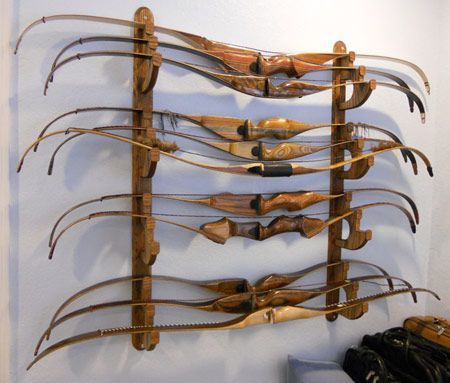
Where Should I Practice?
You can practice where it is safe and legal to do so in your unique location. Check out our article on backyard archery for some more tips if you wish to practice on your own terms in your backyard. We would also recommend joining an archery club that has an indoor range.
Traditional Archery Books
There are plenty of books on archery, traditional and otherwise. Check out our page on archery books here. We here at archeryhistorian.com are big advocates of putting theory into practice. Both theory and practice make a well-rounded archer. That is why we read and research all things archery! Yet, all the reading and research in the world won’t make you a good archer if you don’t get out there and shoot, consistently.
